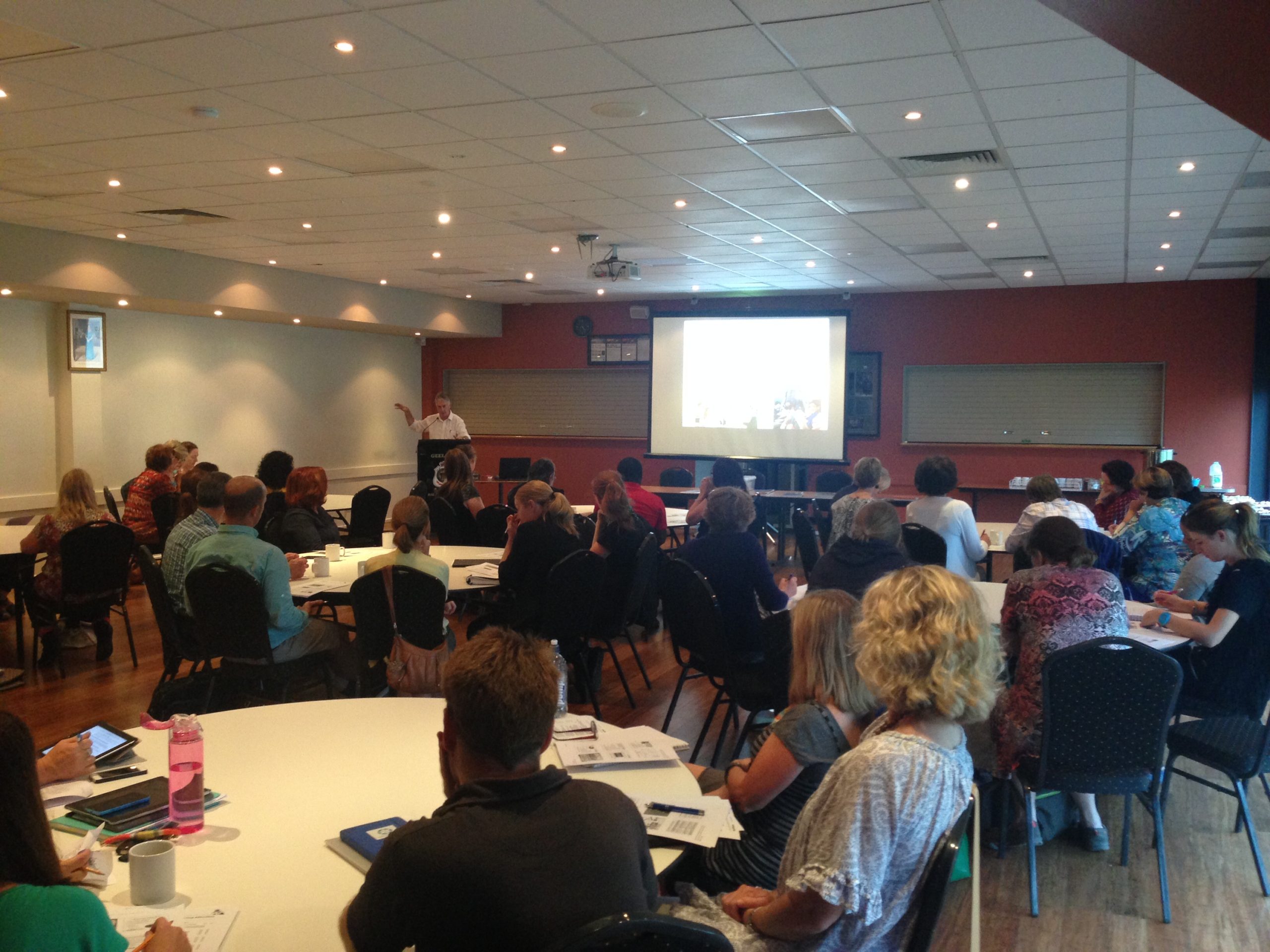
Common learning disabilities: Recommended resources
March 24, 2015
Over the past two weeks Murray and I have presented about common learning disabilities in Canberra and Geelong. Students with learning difficulties account for about 16% of all students in the average classroom. As a result, we need to be continually planning and amending our teaching practices to suit the learning needs of both the individual and the whole class. This can be tough.
 One of my favourite things about holding professional learning events is meeting and hearing from teachers and other professionals working in schools. The wisdom, experience and resources, added to the shared frustrations and common stories – despite geographical, and educational system differences – reinforces that we are not alone. We are all part of a large group of professional people who are passionate about learning, and adapting our professional practice to best support student learning and wellbeing.
One of my favourite things about holding professional learning events is meeting and hearing from teachers and other professionals working in schools. The wisdom, experience and resources, added to the shared frustrations and common stories – despite geographical, and educational system differences – reinforces that we are not alone. We are all part of a large group of professional people who are passionate about learning, and adapting our professional practice to best support student learning and wellbeing.
Going to, and hosting, professional development sessions provides us with a great opportunity to reflect on what is working well in our classrooms and what key teaching strategies and resources we might add into the mix. Today we would like to share some of the resources our PD attendees use to help their students with learning disabilities in the classroom. *
Websites: information and resources
OLSEL Oral language and early literacy website from the Catholic Education Commission of Victoria. Lots of evidenced-based information to assist. http://www.olsel.catholic.edu.au
National Centre for Learning Disabilities. Links to resources, screening tools and information on learning difficulties. http://www.ncld.org
Understood for learning and attention issues. A website that includes information and strategies that parents of students with learning and attention issues can use at home. https://www.understood.org
Websites: learning tools
Go Noodle. ‘Brain break’ resource with games, songs, and movement based activities for the classroom. https://www.gonoodle.com
Splat Square – for learning to count. An online 100s chart that allows students to put a coloured splat on each numeral. http://www.primarygames.co.uk/pg2/splat/splatsq100.html
Example of different uses of splat square https://www.youtube.com/watch?v=eunmGUSfhN8&noredirect=1
QR codes – use QR codes to support learning in the classroom. For more info on how to use these in your classroom see the link below. http://www.spectronics.com.au/blog/apps-and-mobile-learning/qr-codes-what-are-they-and-how-can-i-use-them-in-my-classroom/
Want more resources?
Psych4Schools Five common learning difficulties: Key teaching strategies professional learning program currently offers a seven page list of resources for using with students with learning difficulties. It includes lists of ebooklets, screening tools, resilience programs for the classroom, iPad apps, books, articles, literacy and numeracy web-based materials, assistive technology, videos, teaching strategies and programs, activities, websites, teaching software, podcasts and research articles to support those with learning disabilities in the classroom.
Have you missed booking into one of our Five common learning difficulties: Key teaching strategies seminars? Contact Us to book your school, or arrange a seminar for your network or community of schools. Presentations can be tailor-made to meet your needs from 2 – 3 hours to whole days. Also keep an eye on the Psych4Schools website for presentations that may soon be near you.
Want to know more about learning disabilities?
To read more about common learning disabilities, see our website Learning disabilities package, or excerpts of each of these ebooklets in Free Resources.
Zoe Ganim, Psych4Schools Psychologist
* This participant recommended content is provided for information and educational purposes only. The resources listed may not be evidence-based. Psych4Schools recommends you research the resources listed and seek specific advice relevant to your particular circumstances.